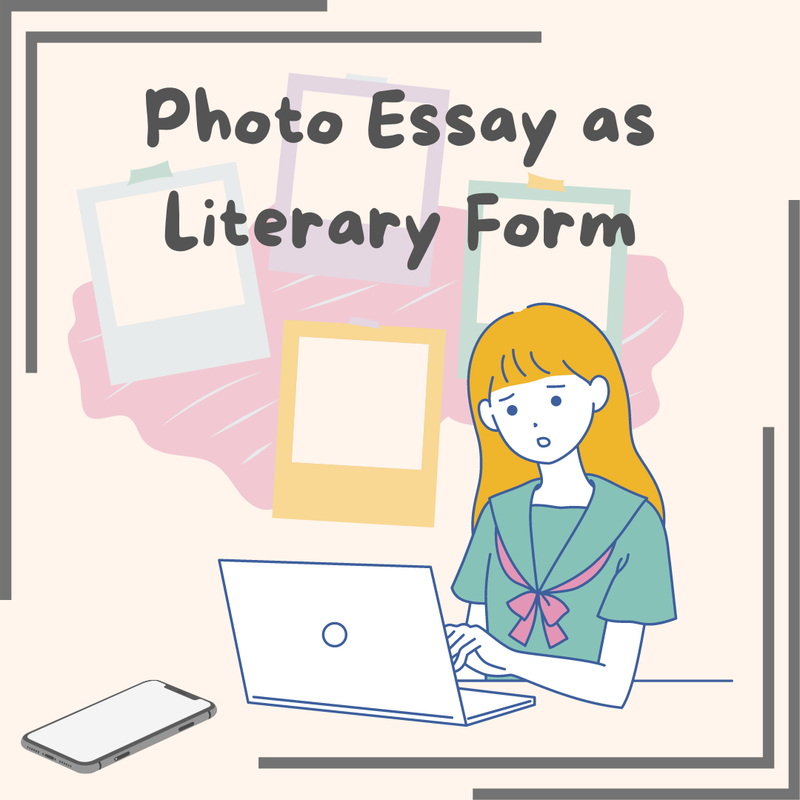Photo Essay - Literary Forms

ELAL Learning Outcomes (Knowledge) - Literary text forms can be fiction or non-fiction and include photo essays, news articles, and hybrids. Texts can have more than one purpose, including to inform, entertain, persuade, and inspire.
This lesson will allow students to explore the photo essay as a literary form. Students will view a variety of photo essays, identifying purpose and defining what a photo essay is. Students will create their own photo essay based on the parameters set out in this lesson. Teachers are also welcome to adapt this to cross-curricular assignments, perhaps choosing topics in Social Studies and Science.
Lesson:
Outcome: Students will view, define, and create their own photo essays.
Media resources:
I used the following websites as references for the photo essay:
https://colesclassroom.com/pictures-that-tell-stories-photo-essay-examples/
https://digital-photography-school.com/photo-essay-ideas/
These provides tips, instruction, and ideas for photo essay creation.
The Alberta Regional Professional Development Consortia has also developed a resource including ideas for topics.
https://arpdc.ab.ca/wp-content/uploads/2024/03/Photo-Essay-ELAL-5.pdf
This website shows some student samples to give students an idea of what it might look like.
Key Questions and Discussion (analysis):
What is the purpose of this photo essay? (inform, persuade, entertain, or inspire)
What do you like or dislike about this photo essay and why?
How is the quality of the photos? the number of photos? the order of the photos?
Does the text help support the images and does it create a cohesive and effective message?
Activity:
The following steps will help students and their teachers to move through the process of developing a photo essay.
1) Choose a topic - students can get ideas from the websites above or a single topic (cross curricular) could be used.
2) Search for photos - Students may need to look online for photos, may collect from home, or may take new photos. At this point, teachers could discuss ethical use of photos online and suggesting free photo websites.
3) Make a storyboard or layout of the photos and have students experiment with the order and jot down ideas for captions and text.
4) Adding and eliminating photos to get the right order and mix is part of the editing phase of preparation. Students may wish to remove photos or find and add new ones.
5) Once the student is happy with the choice, order, and number of photos, they can work on refining the captions and text.
I have included a rubric for this activity.
Photo Essay Rubric - Sheet1.pdf
Followup:
Students will view peer photo essays and give constructive feedback.